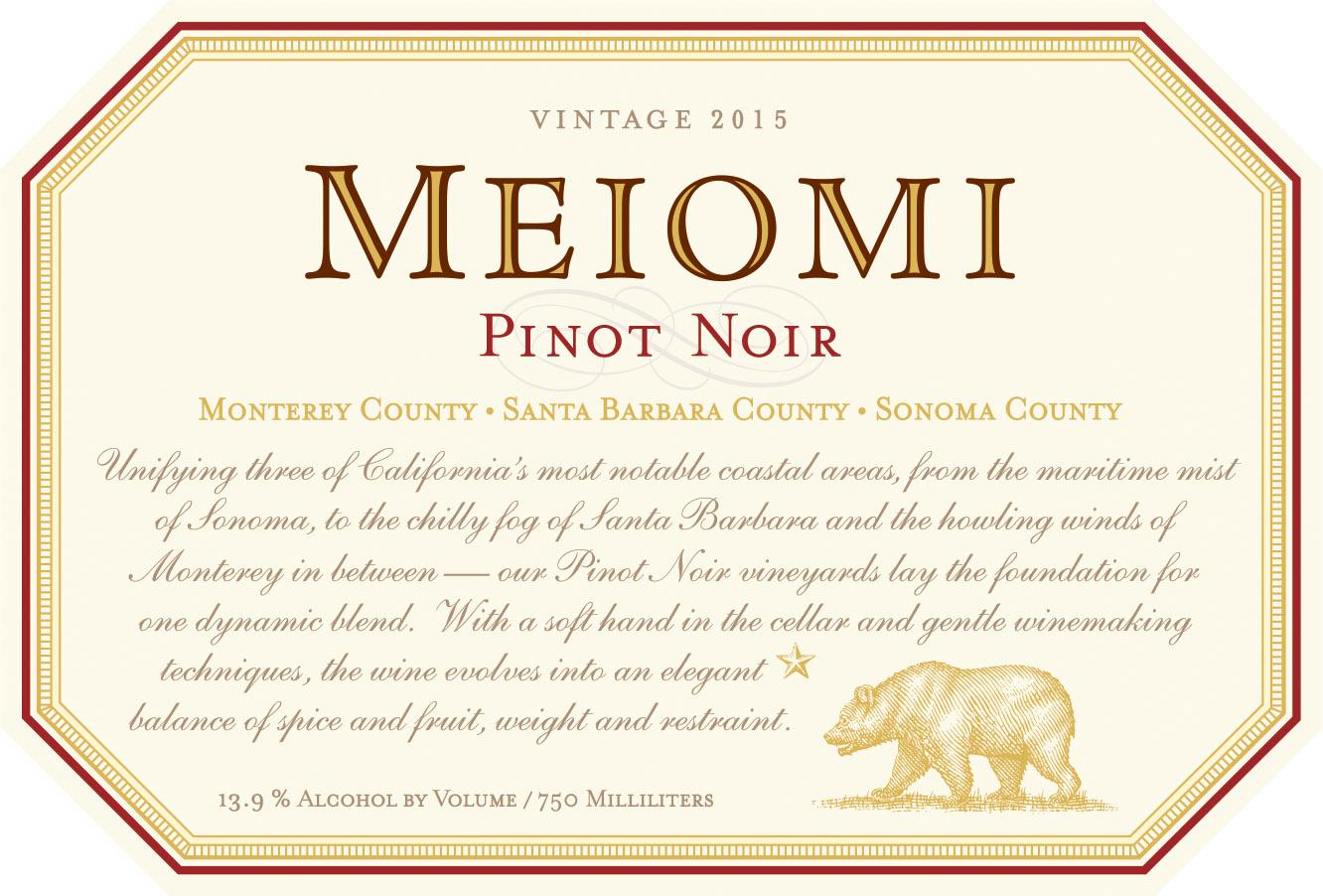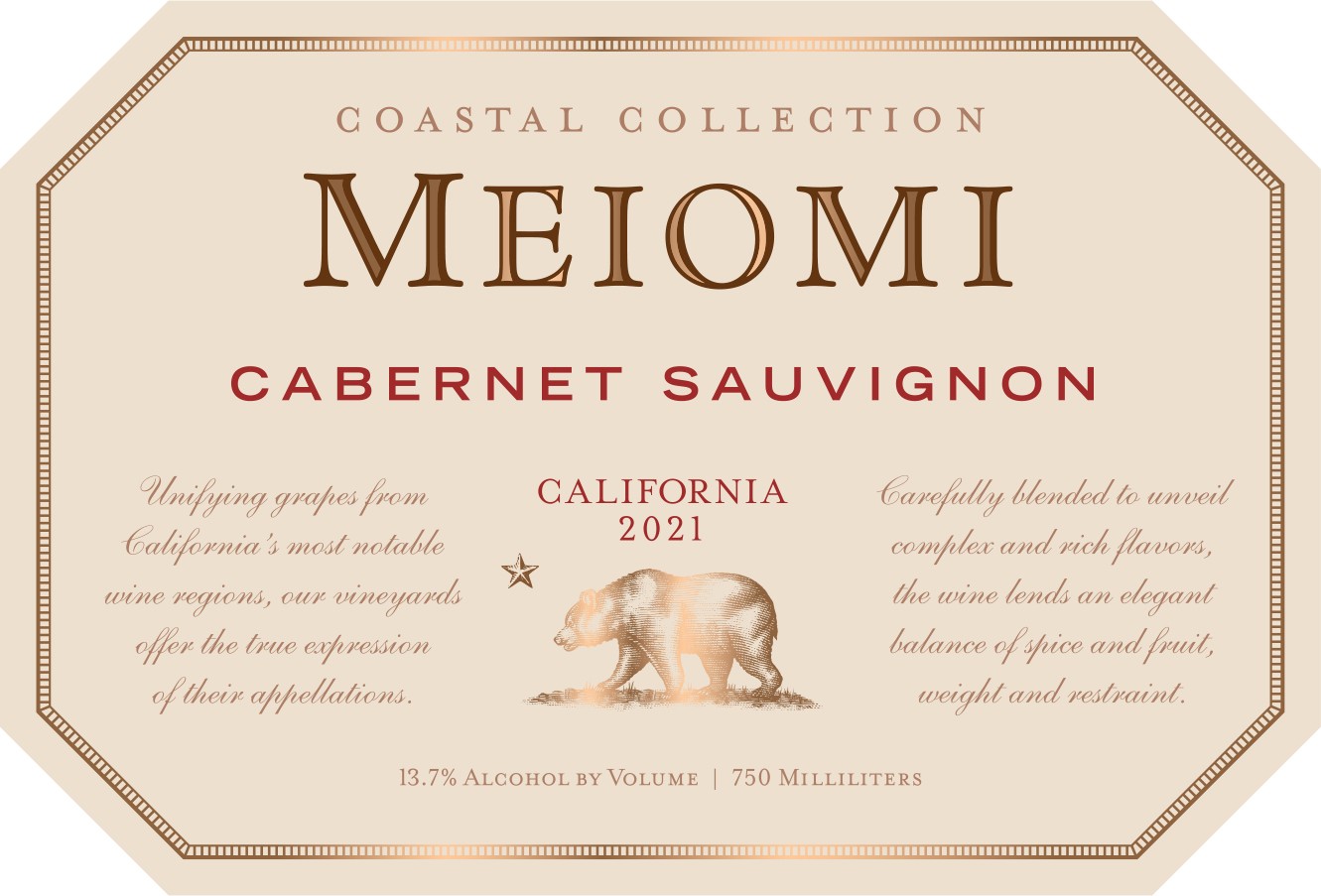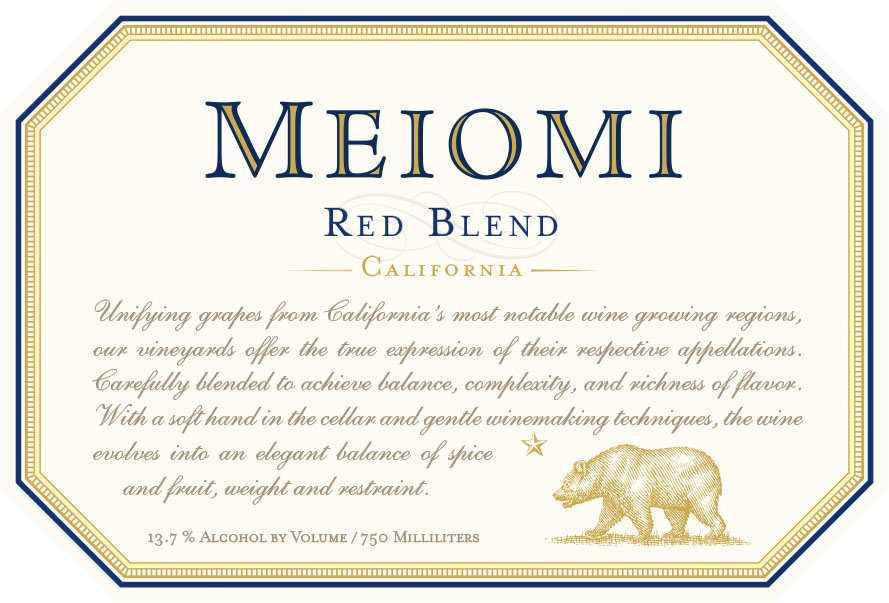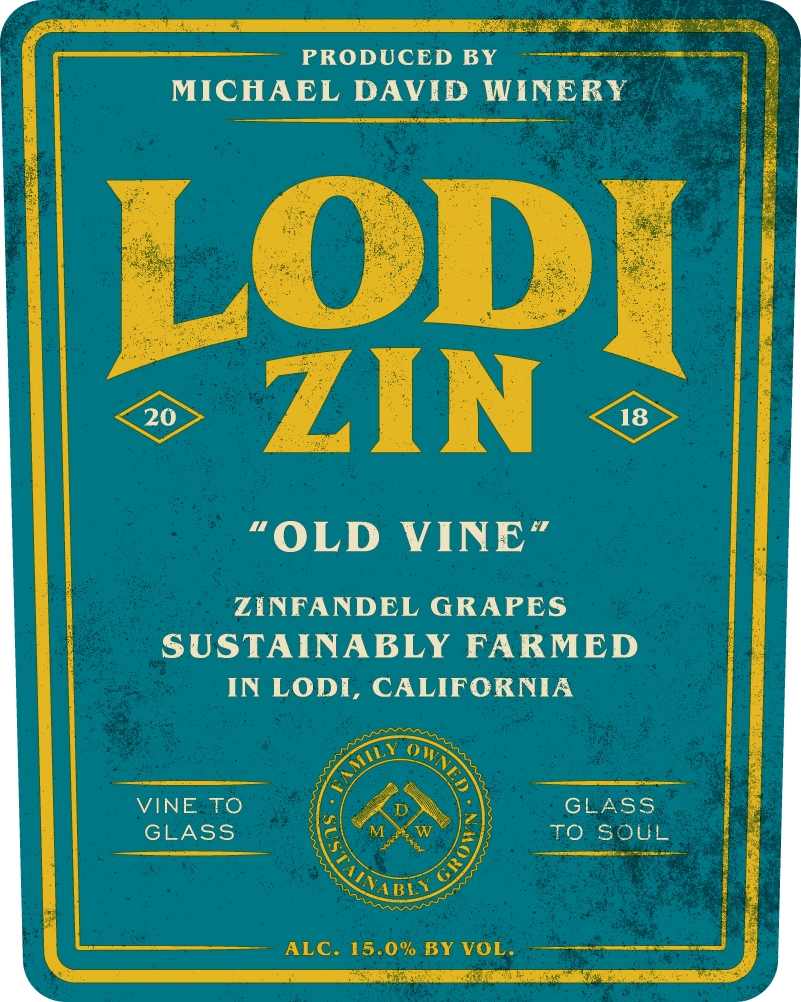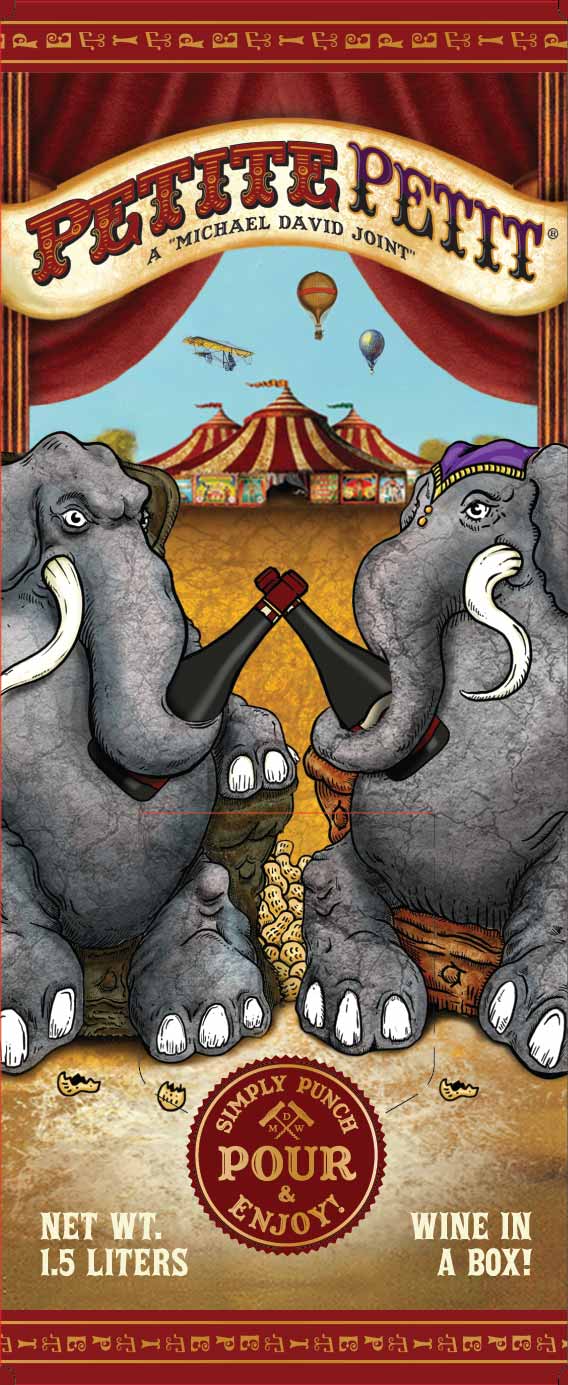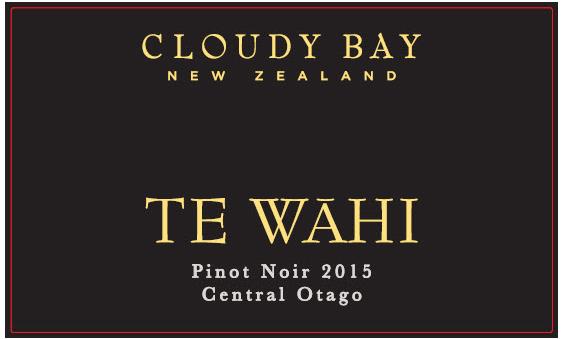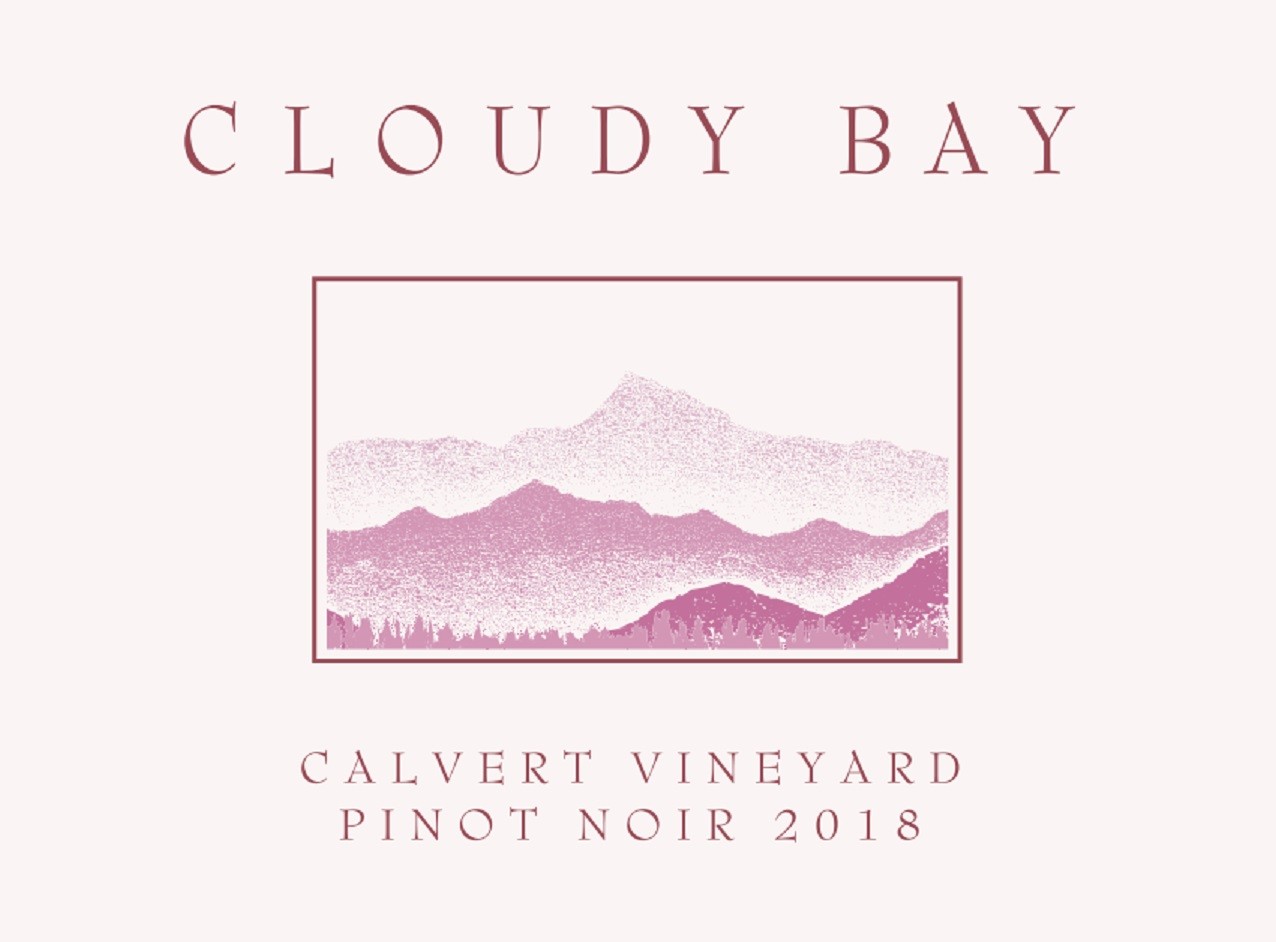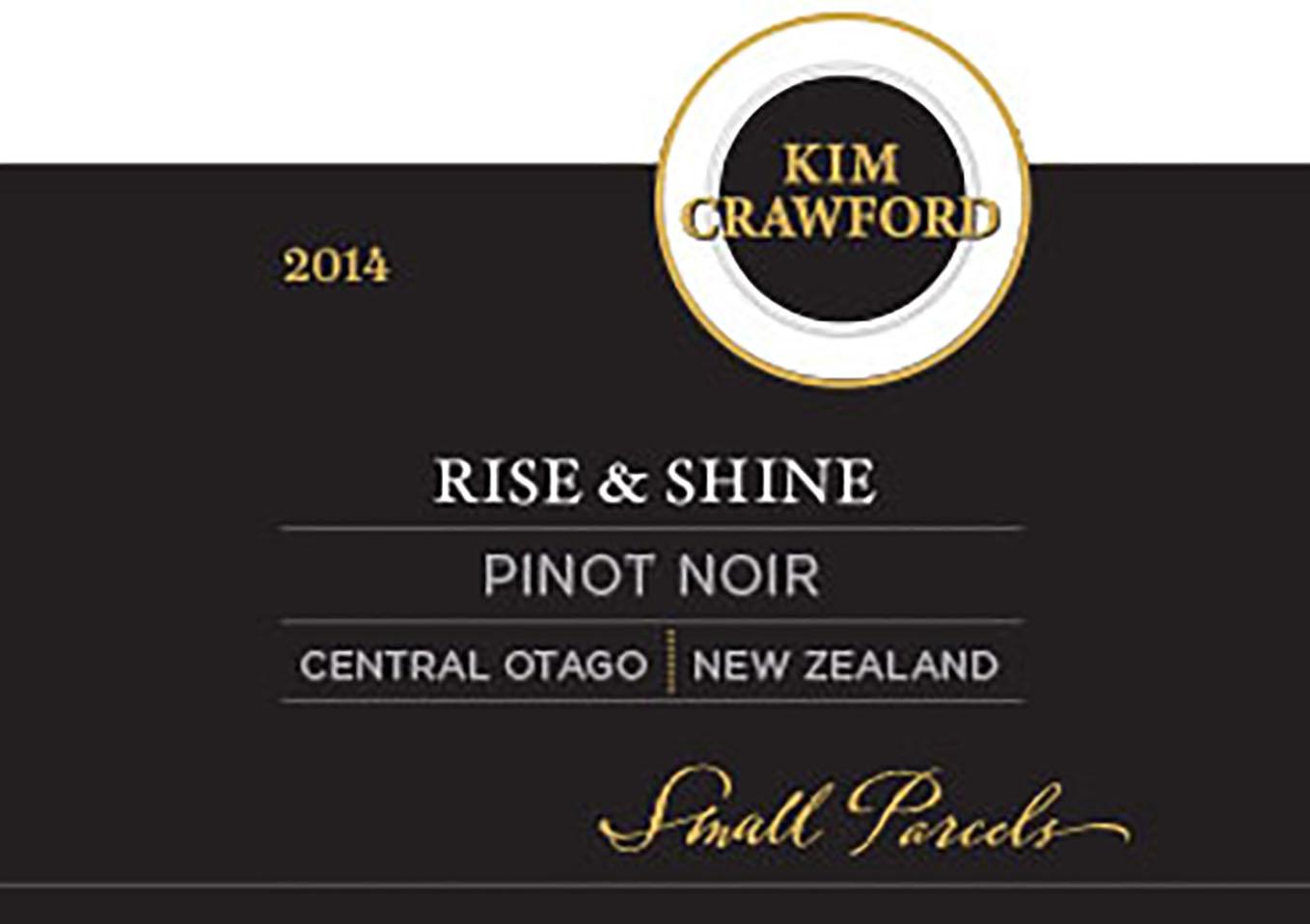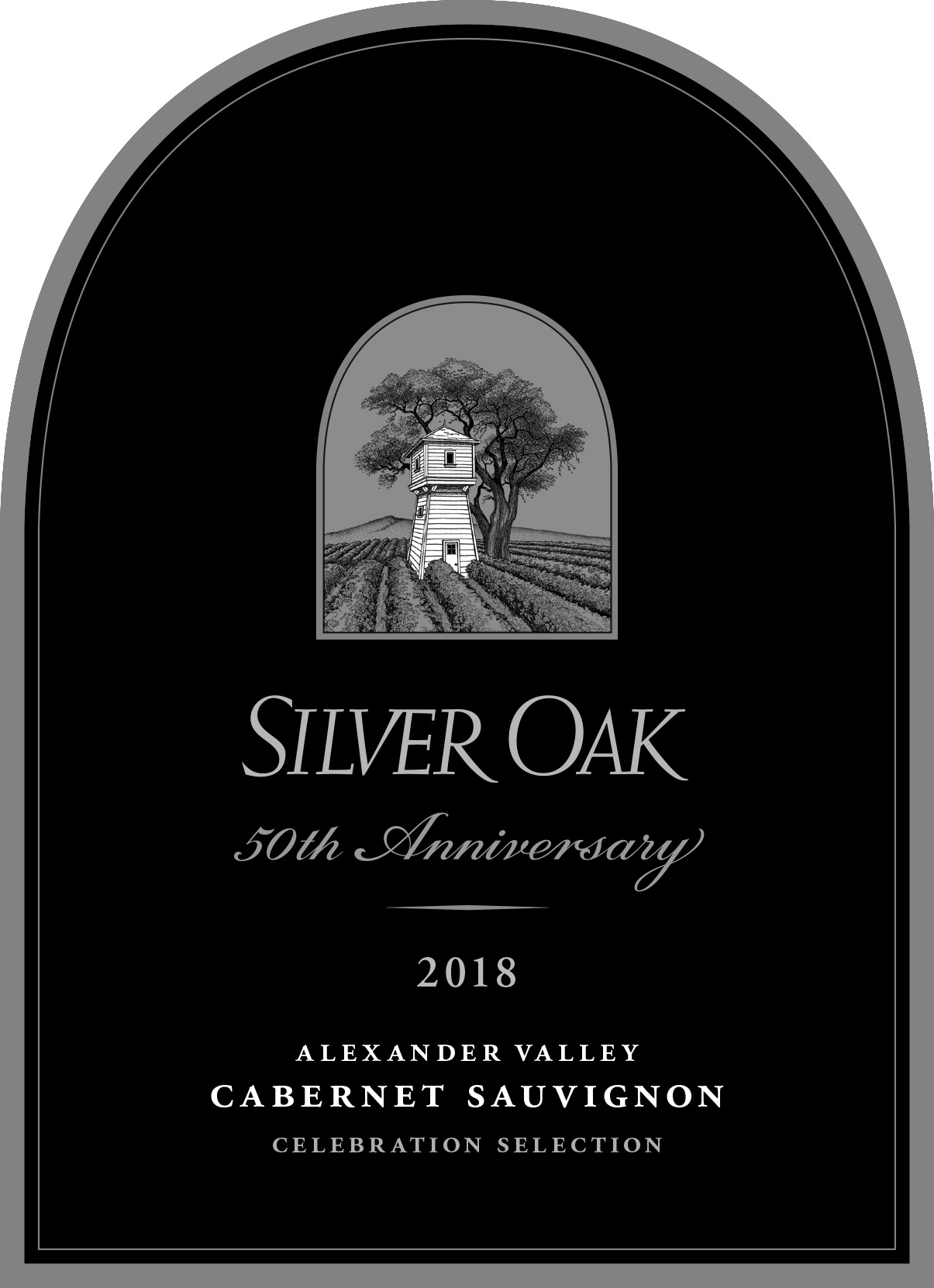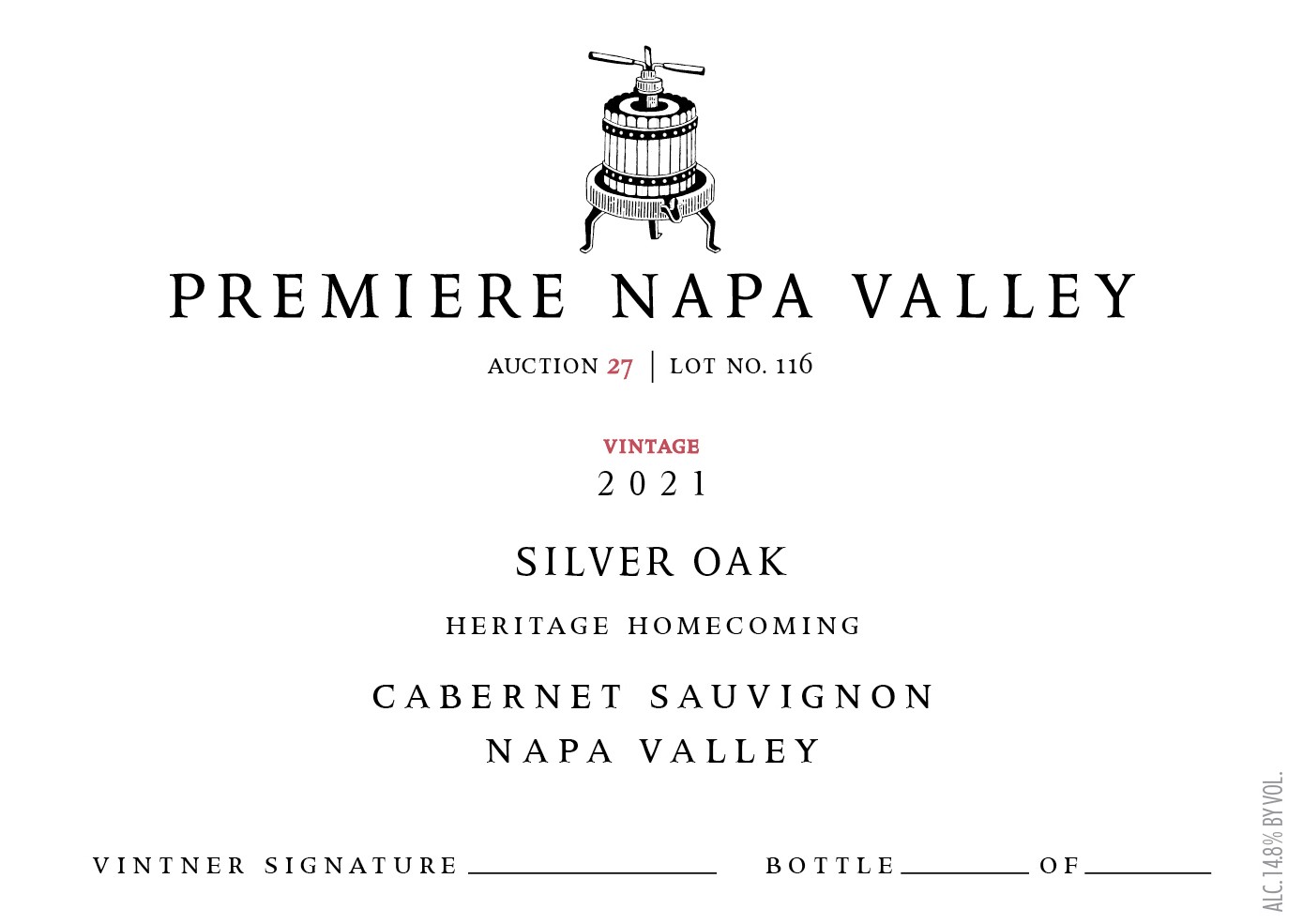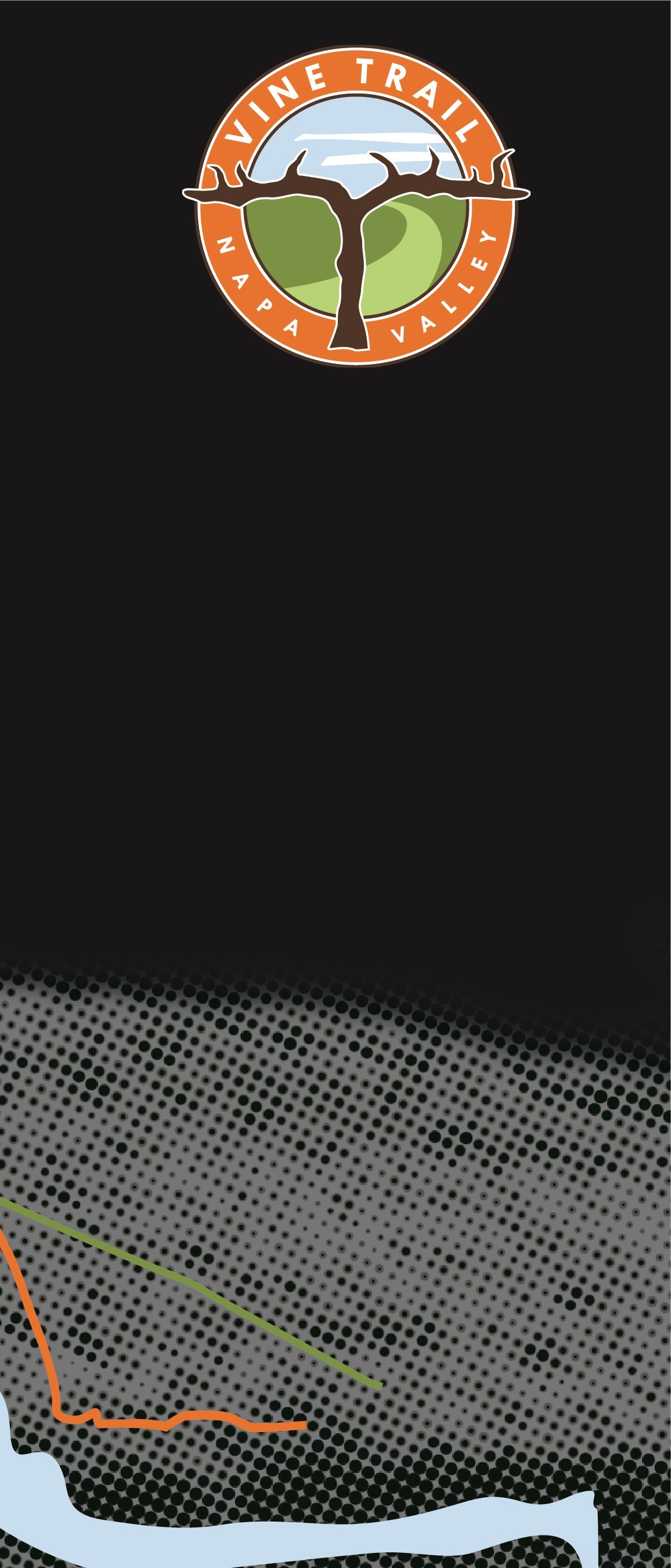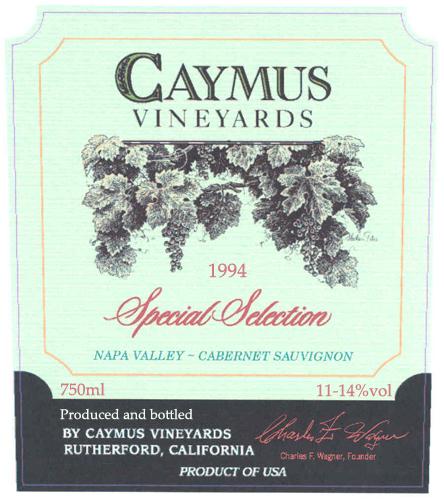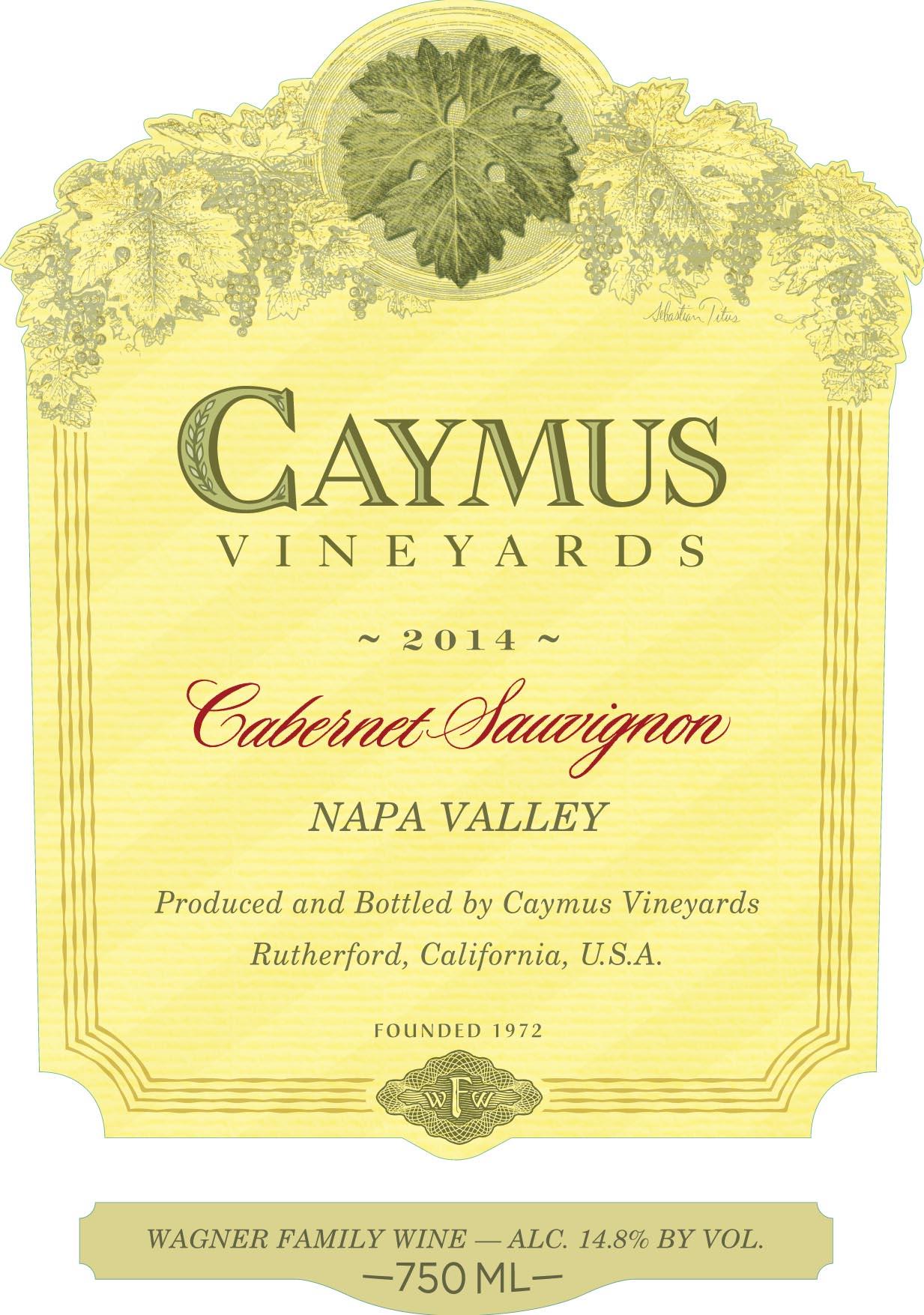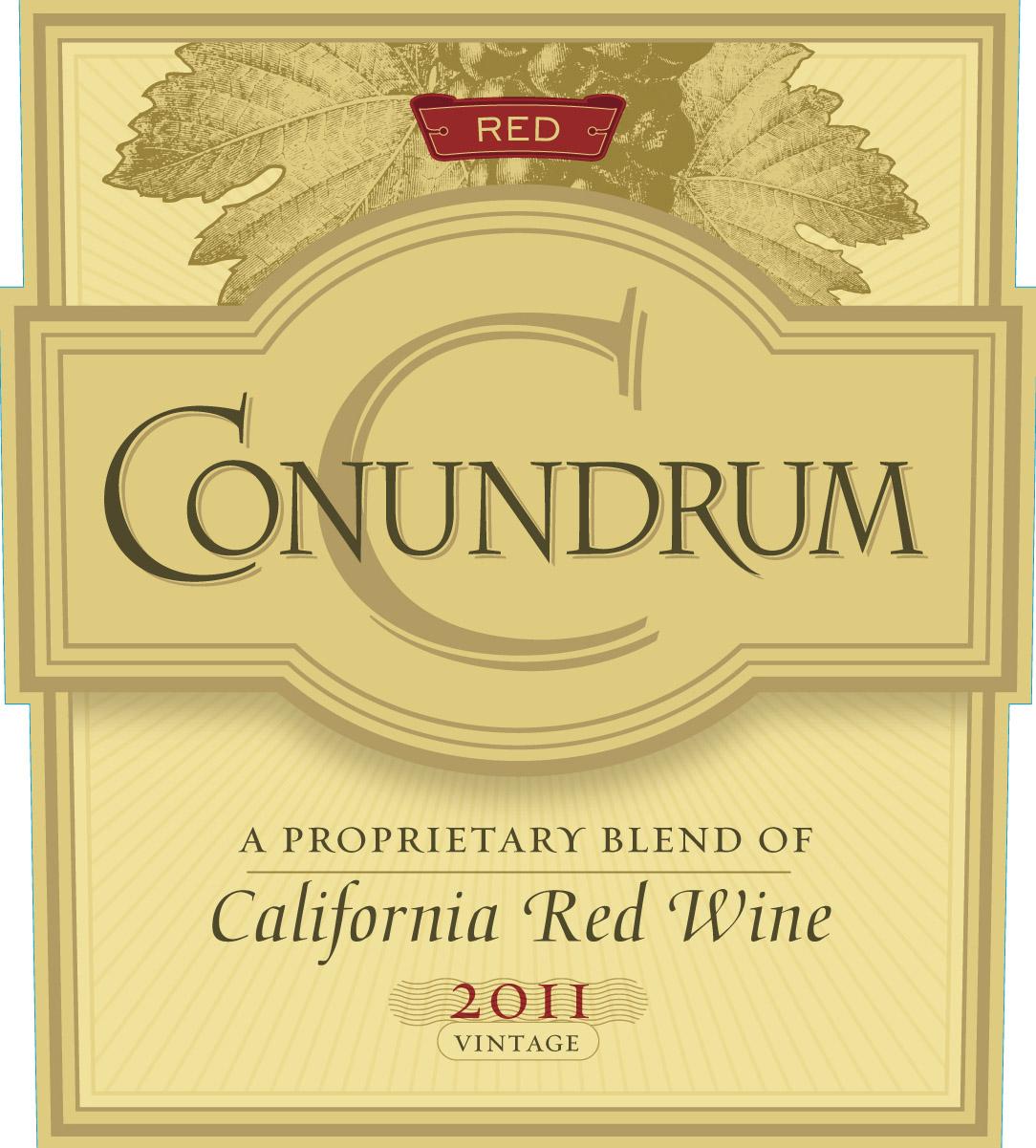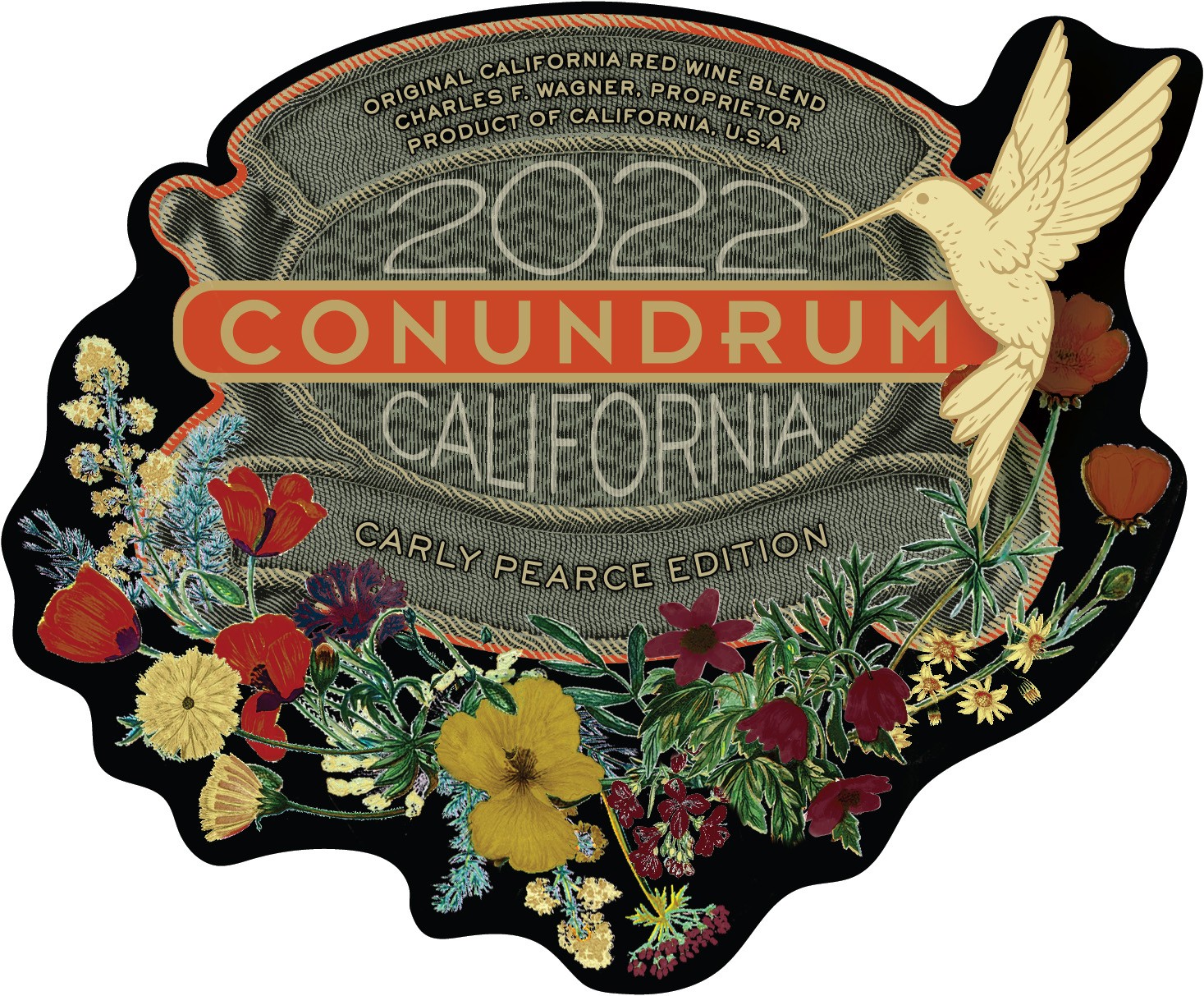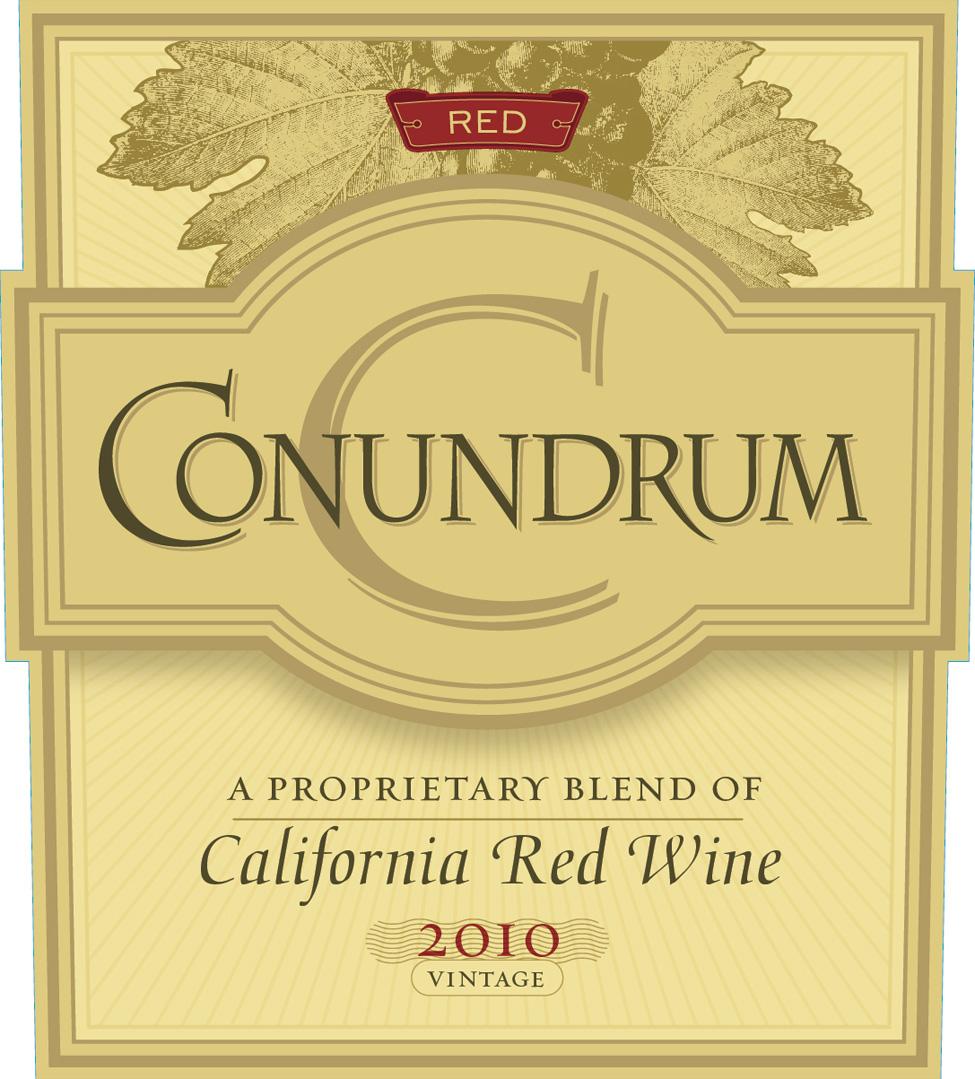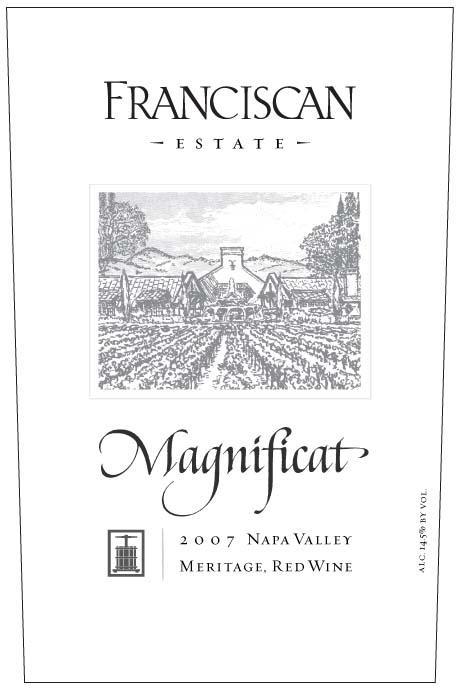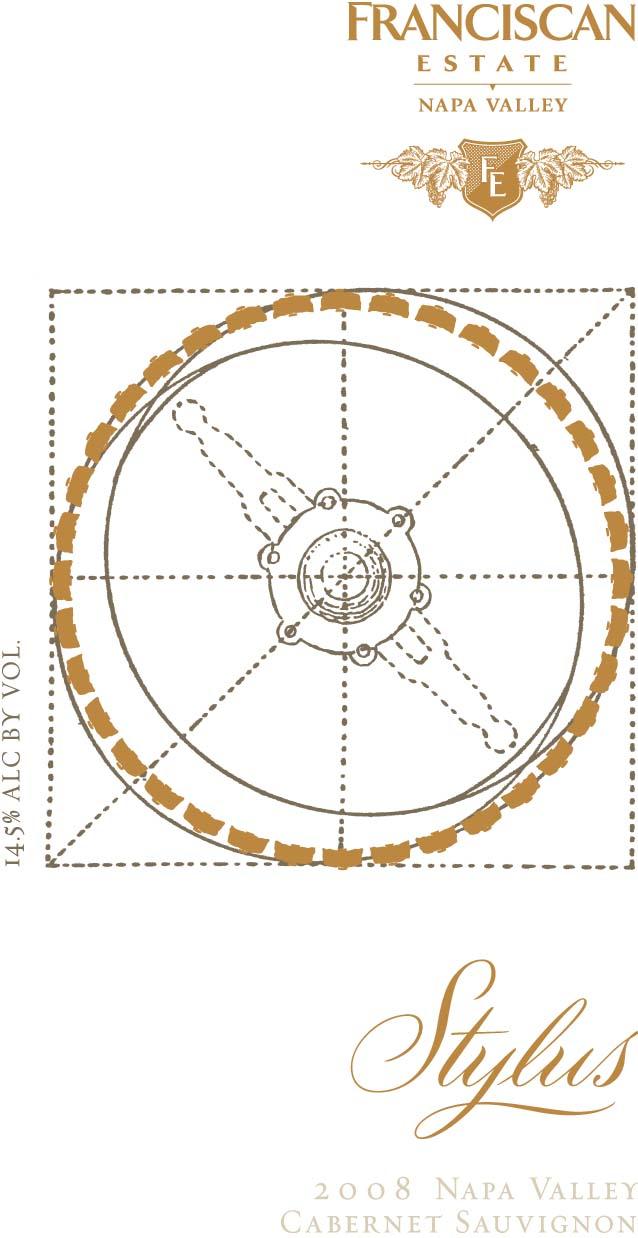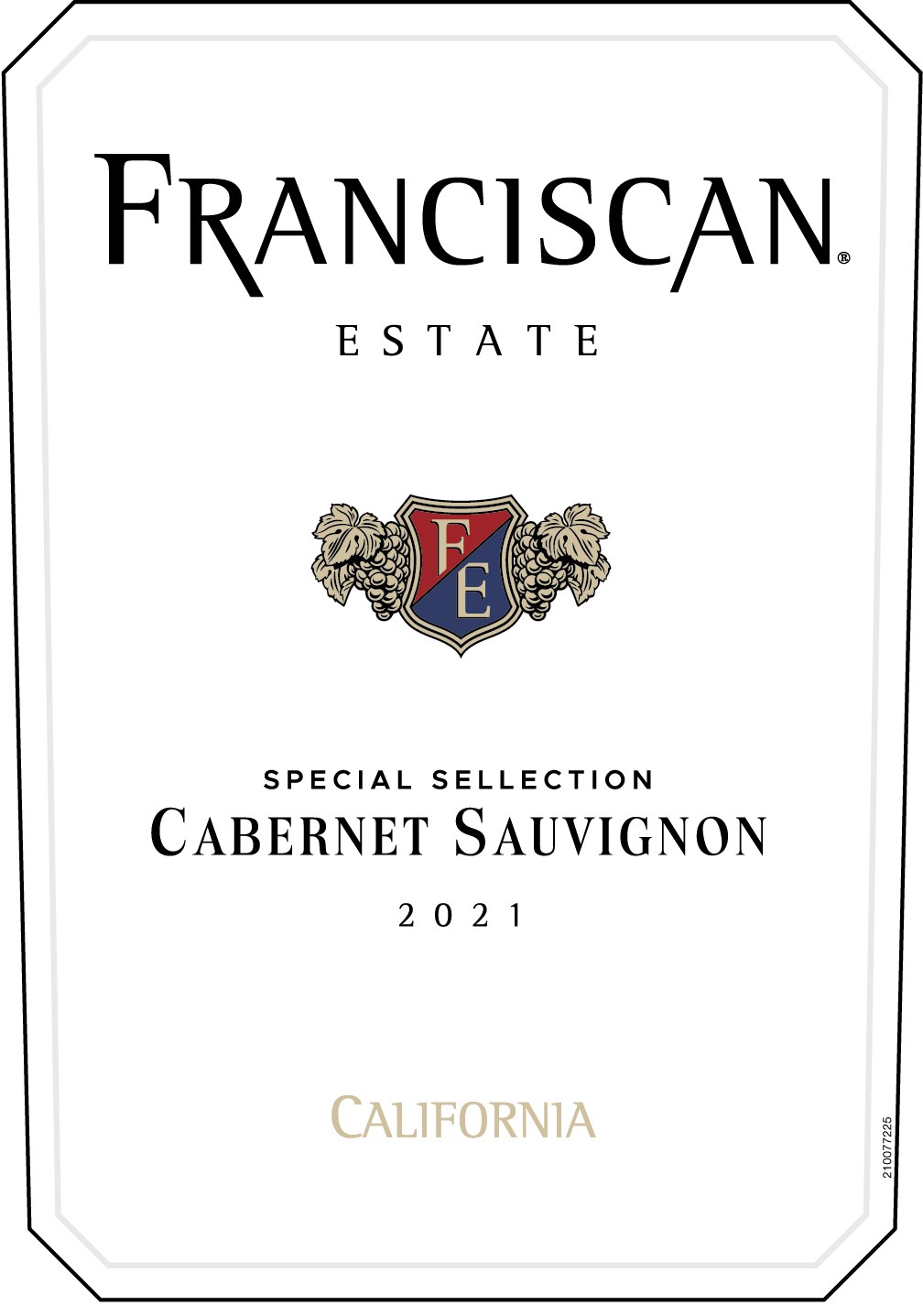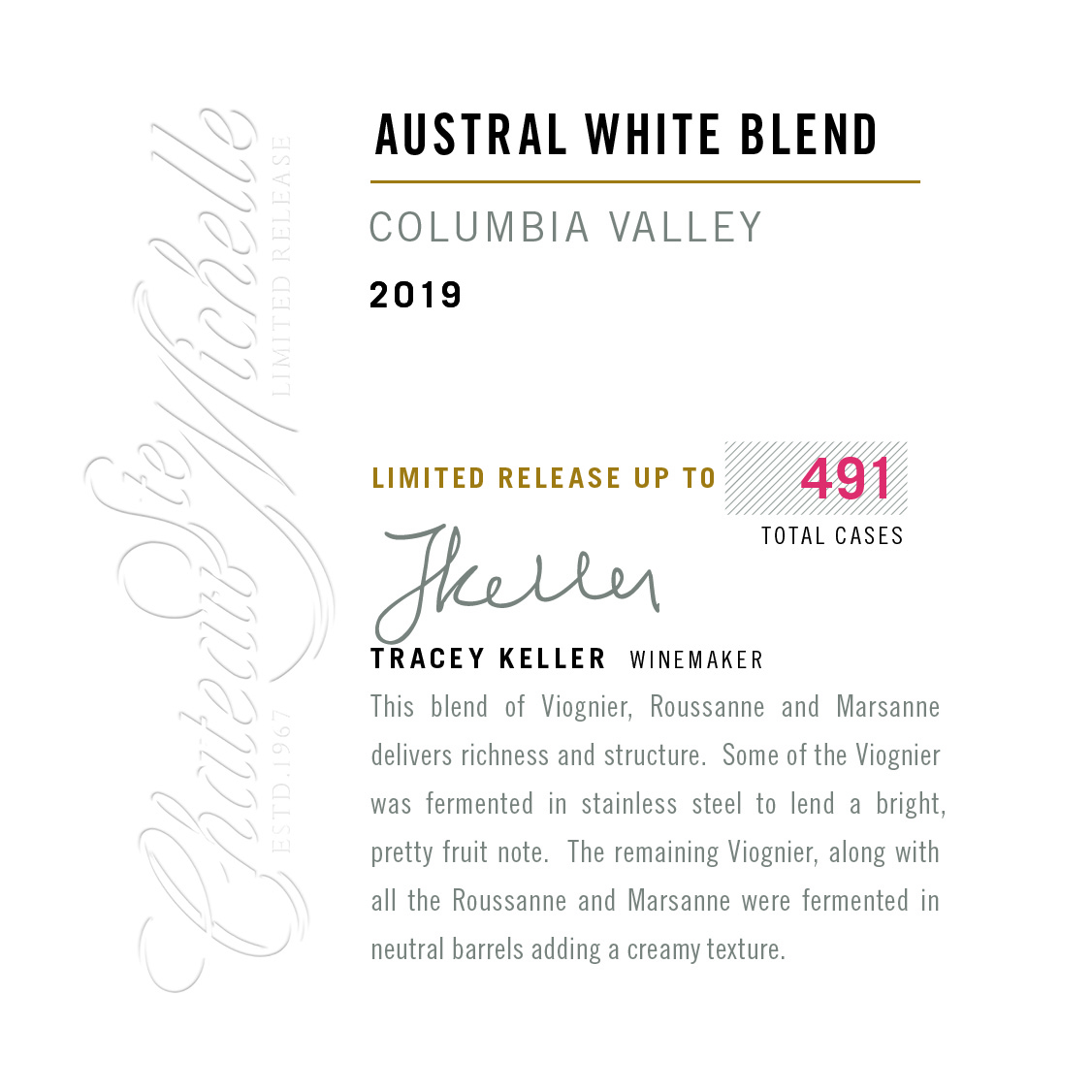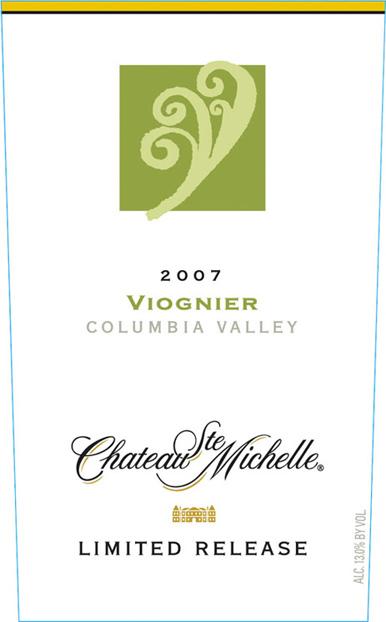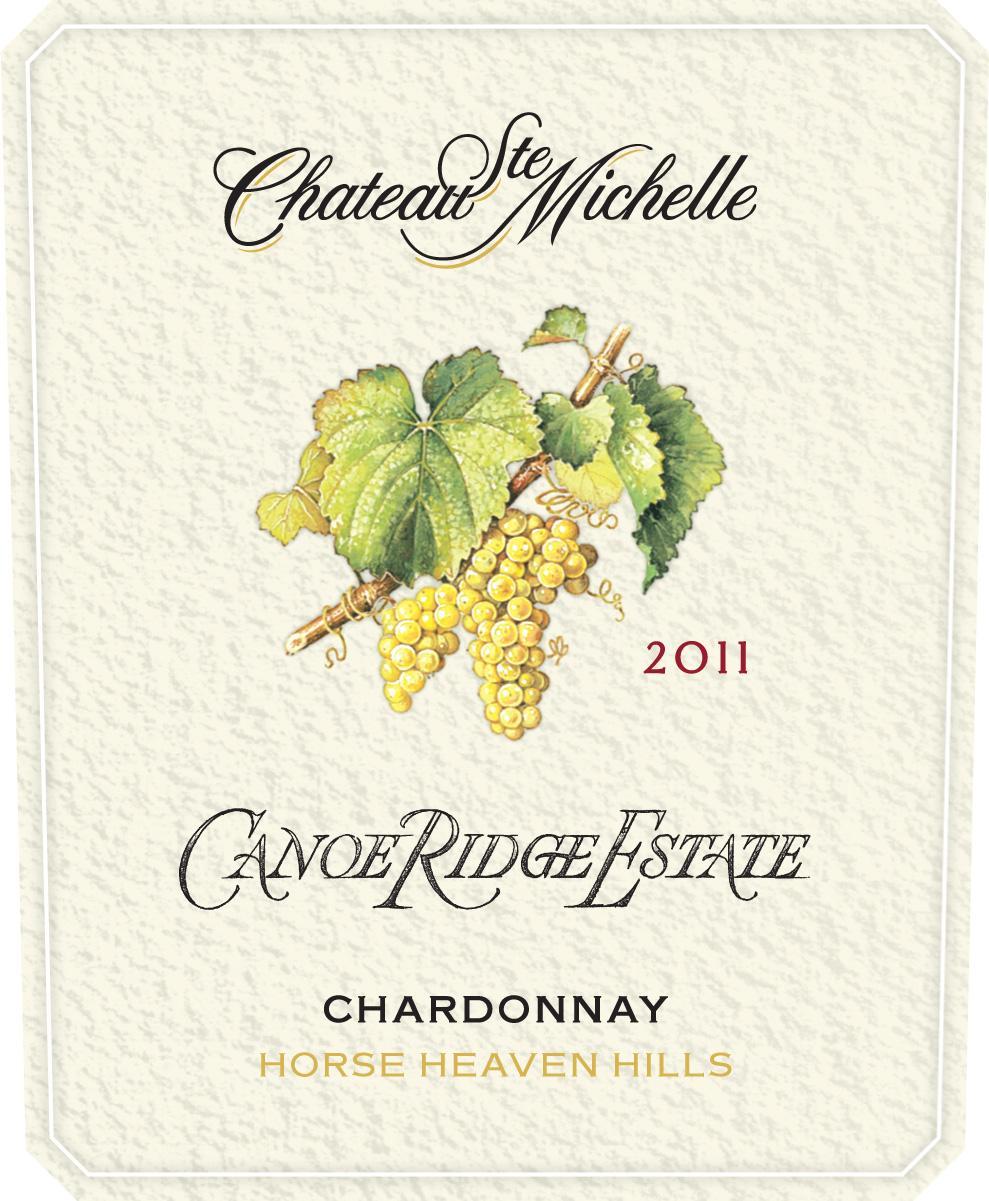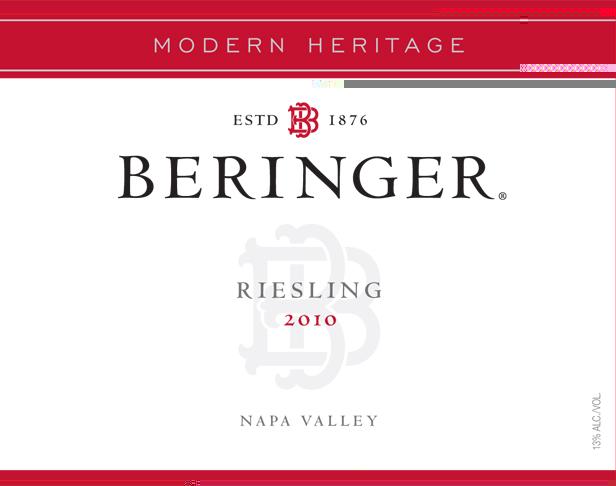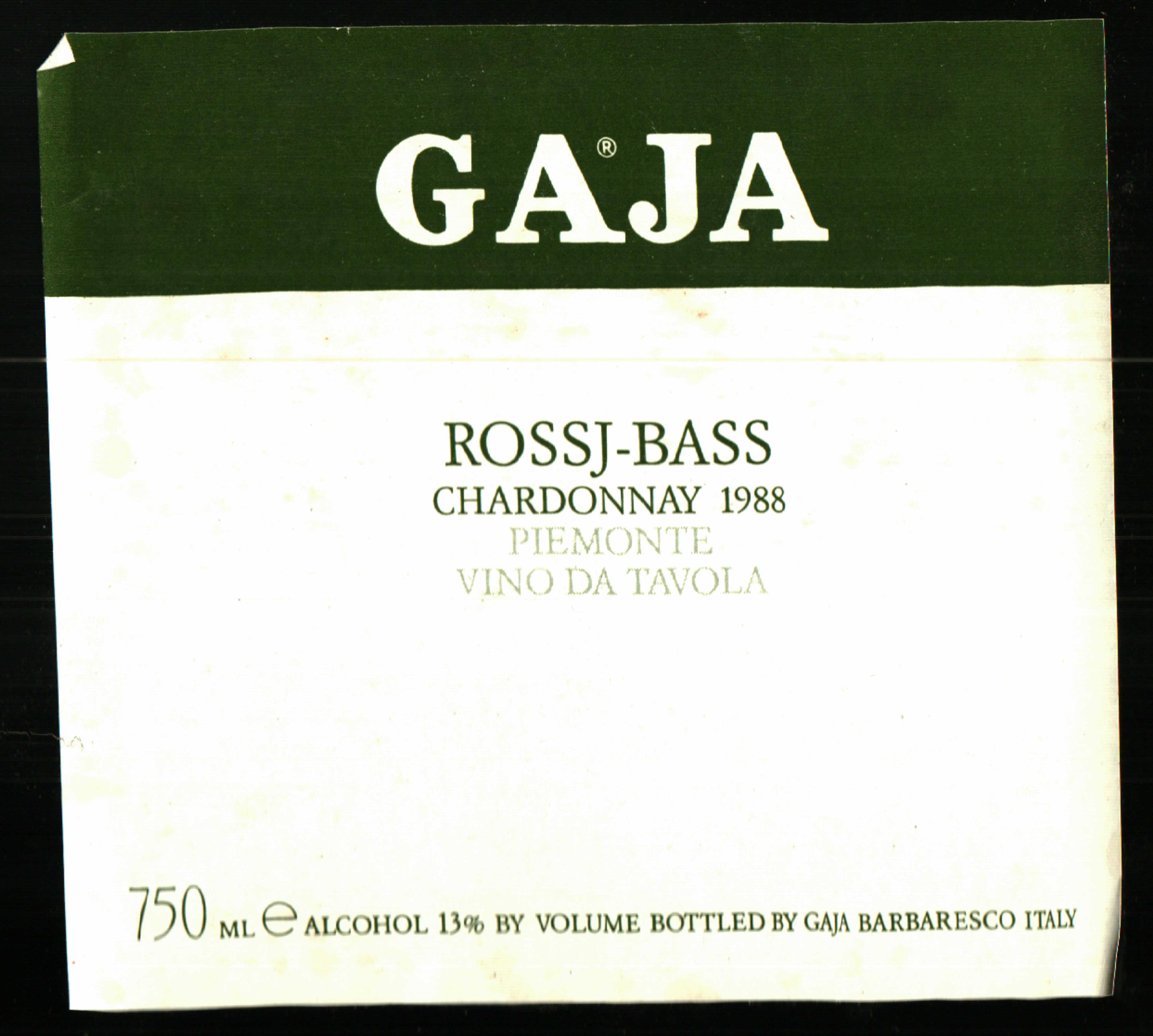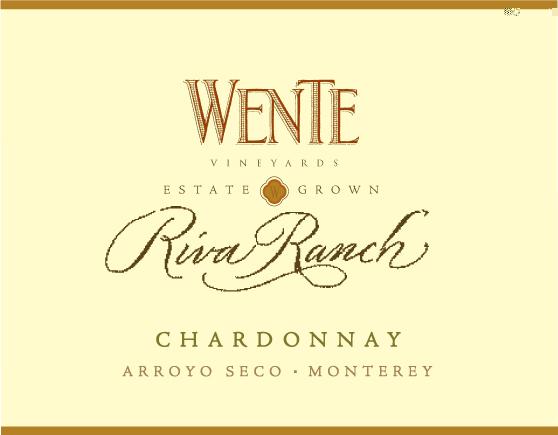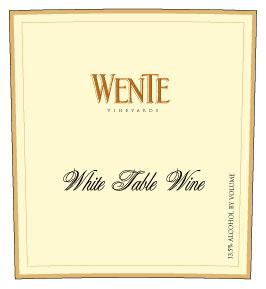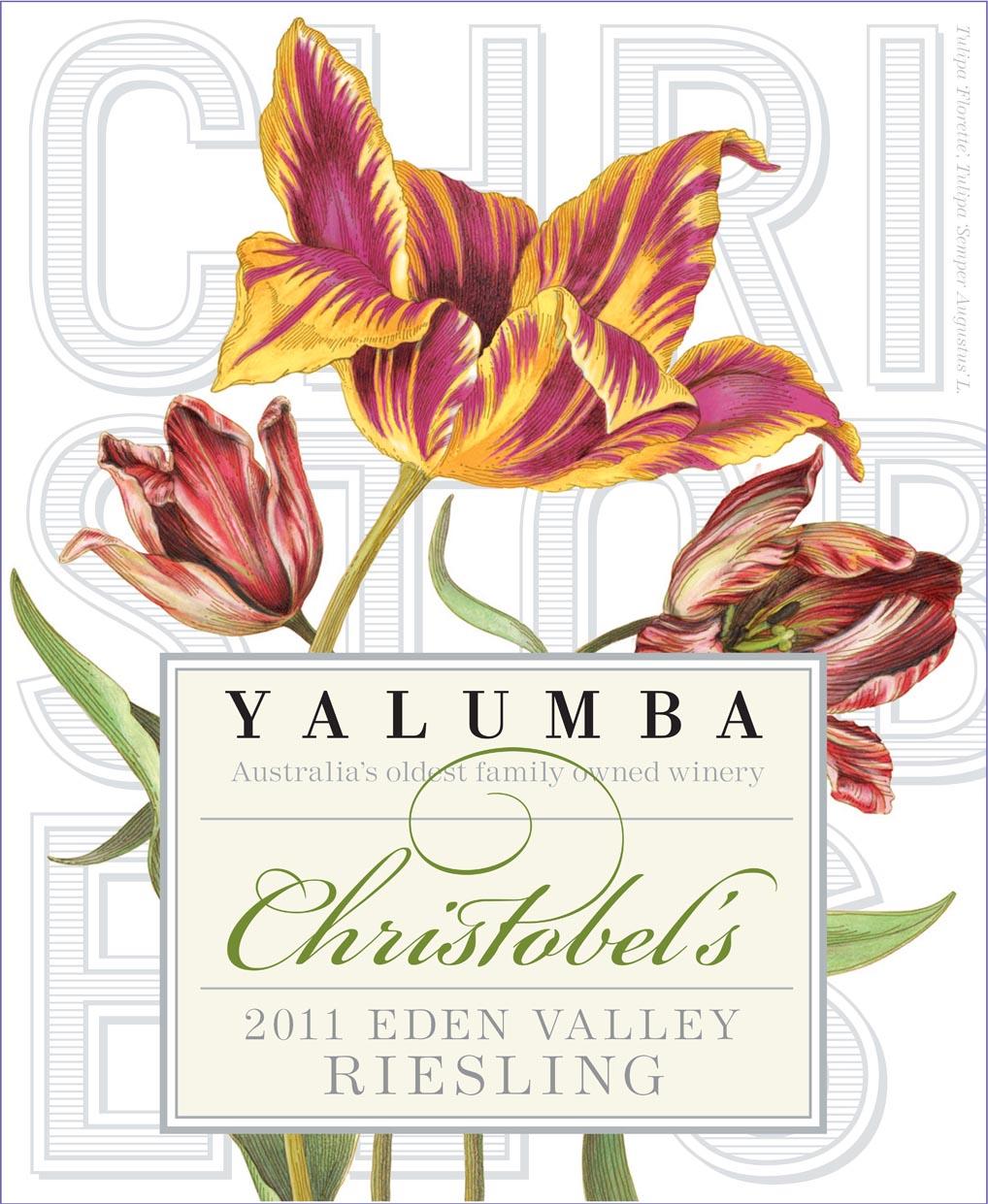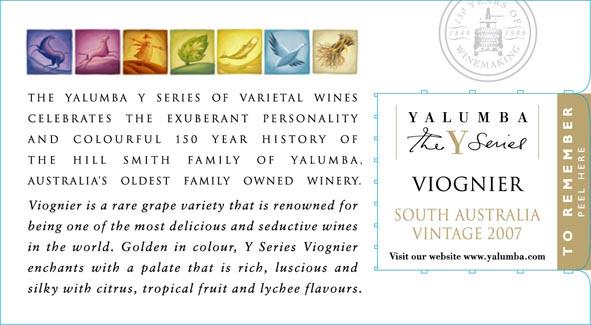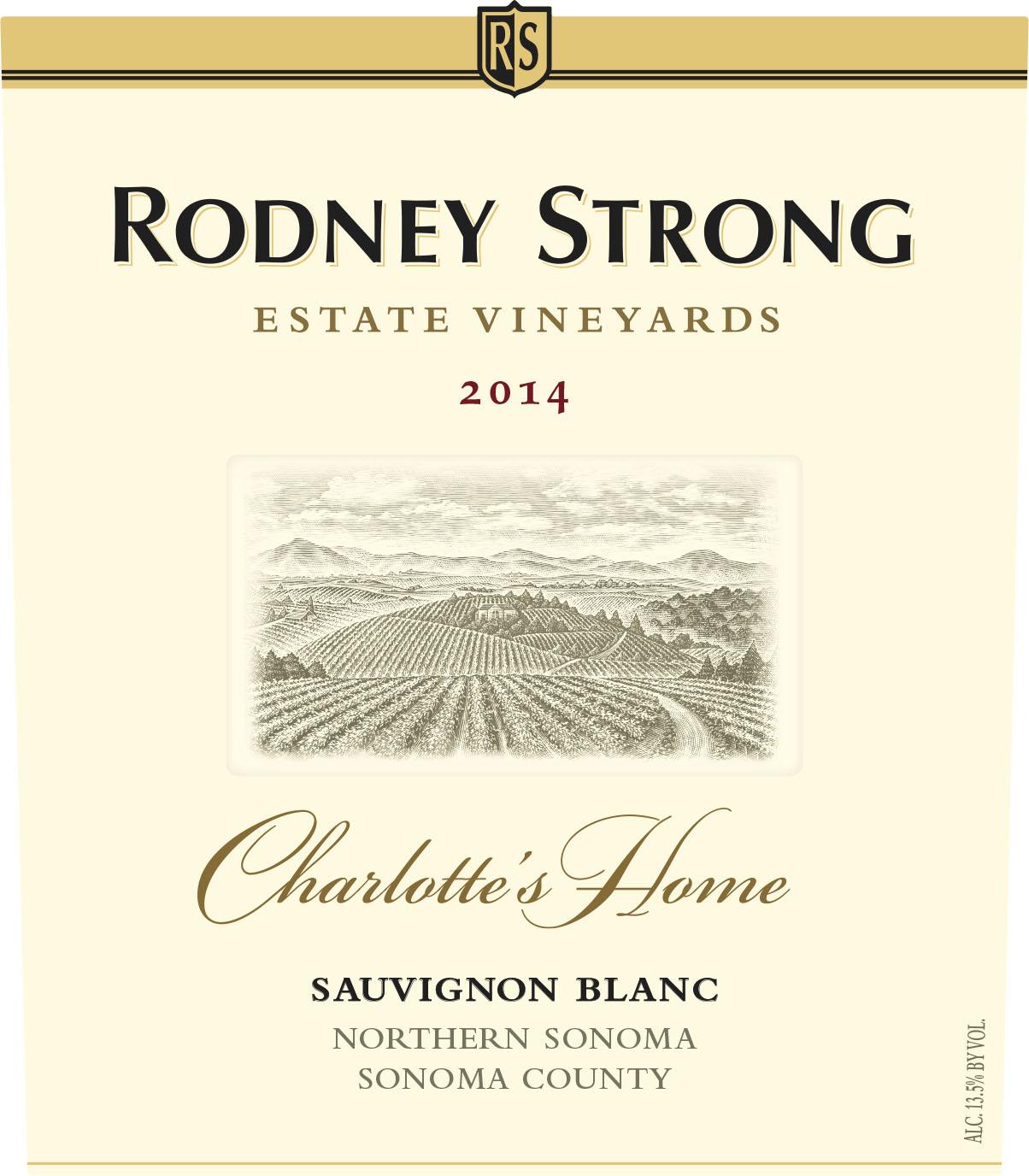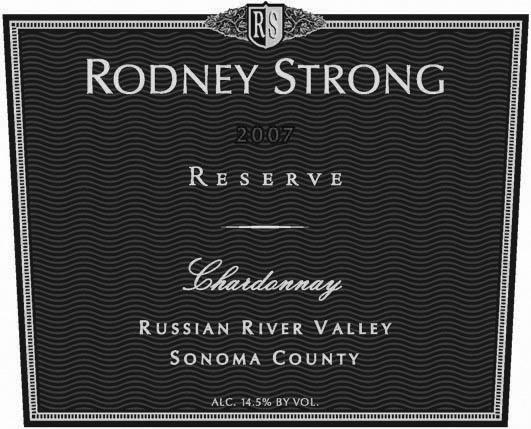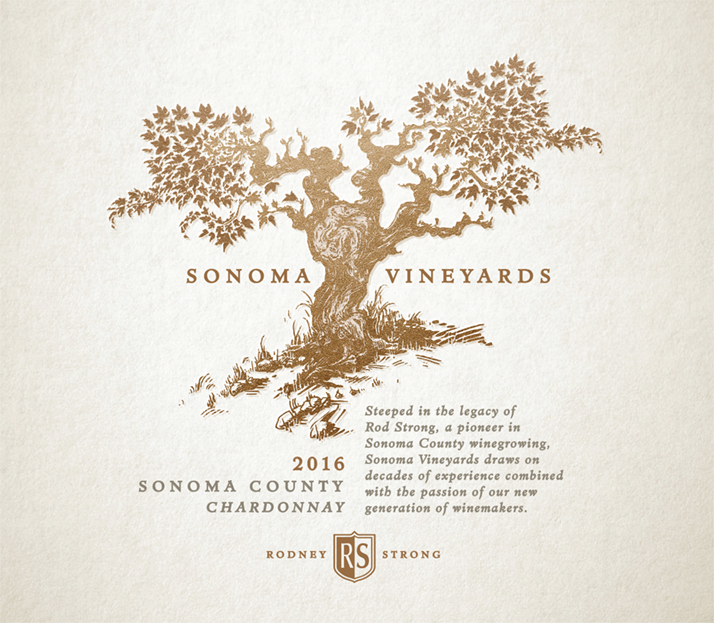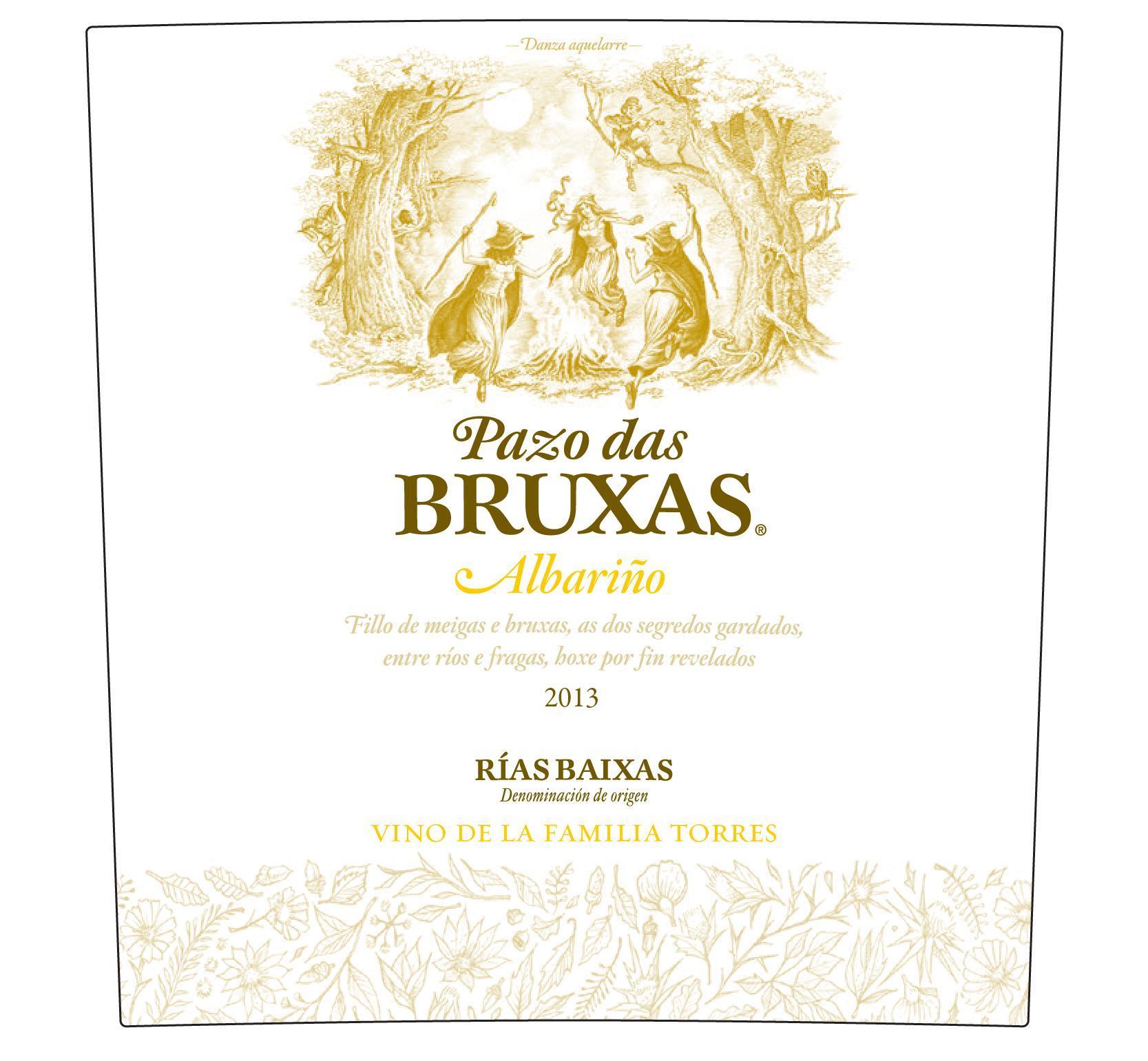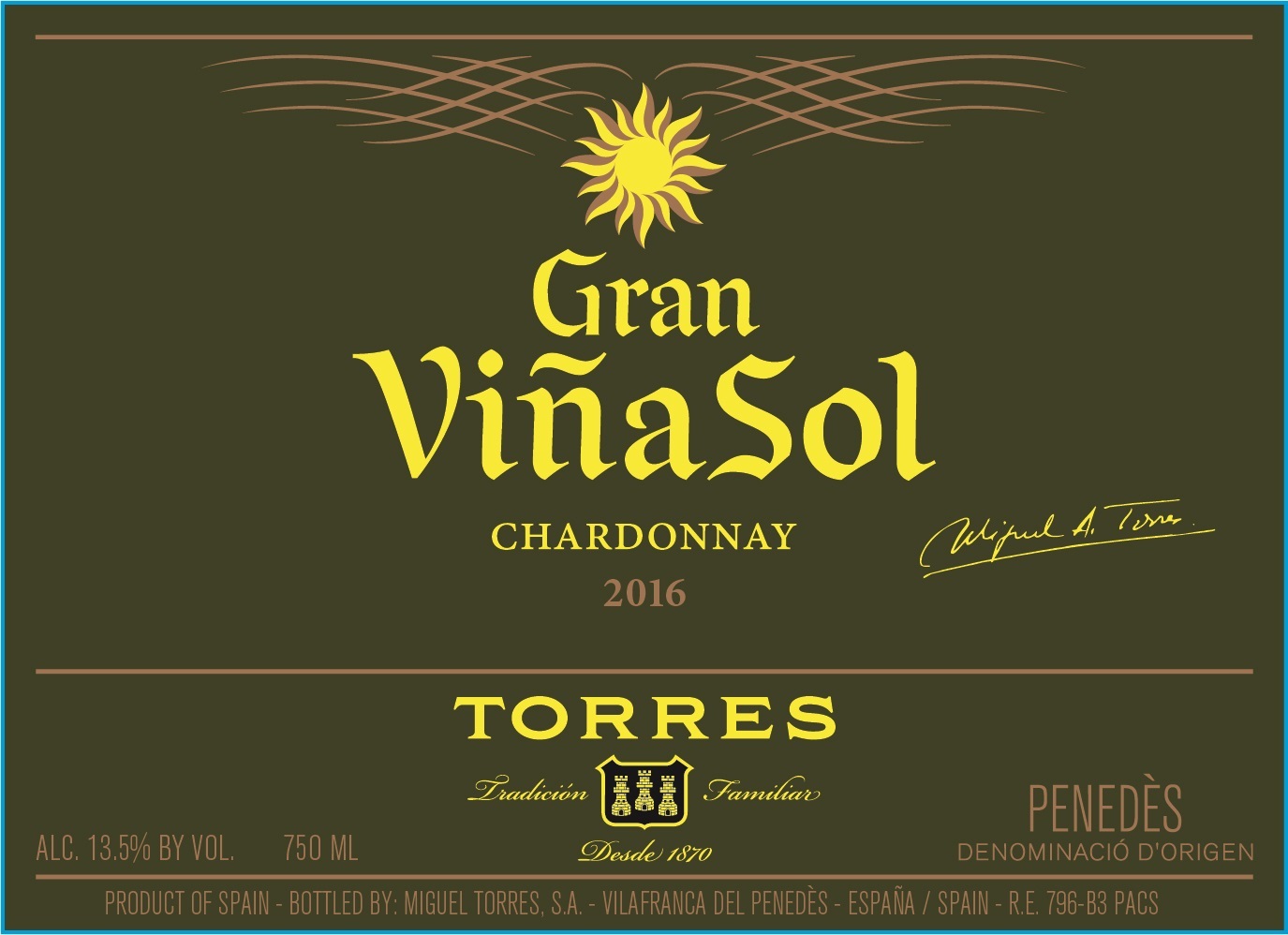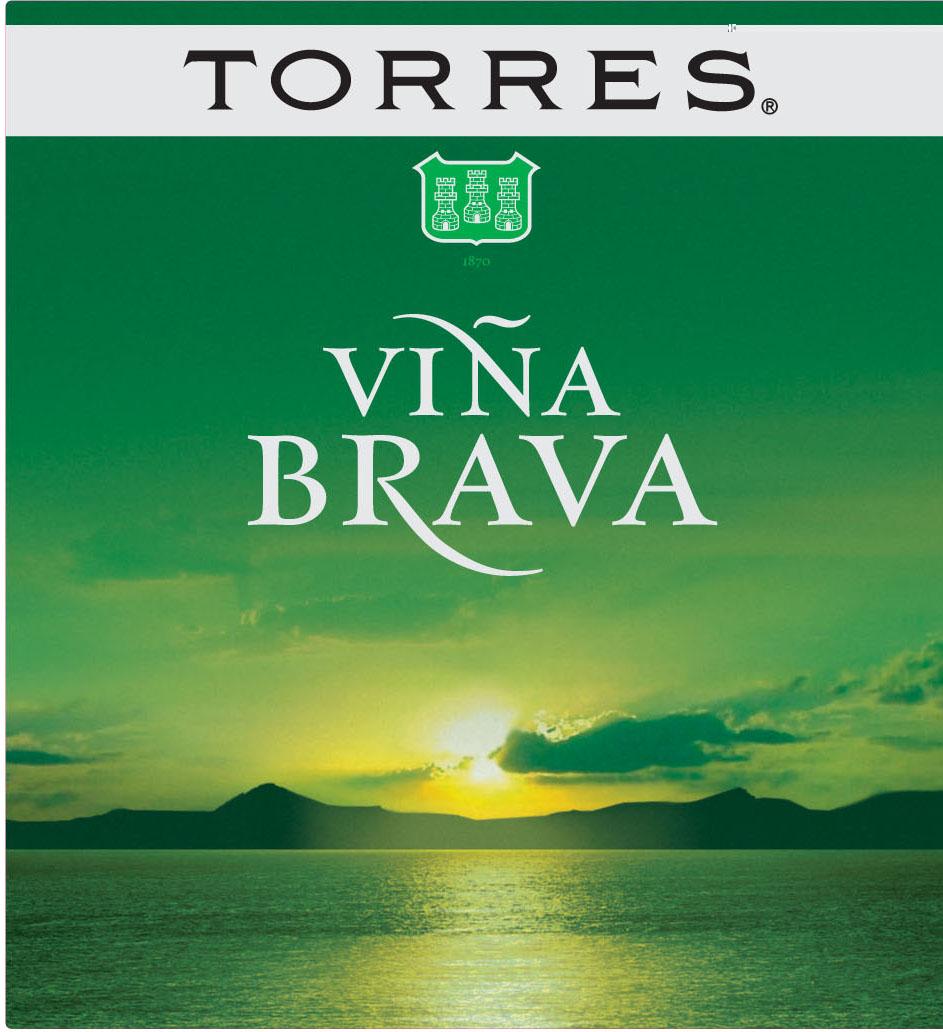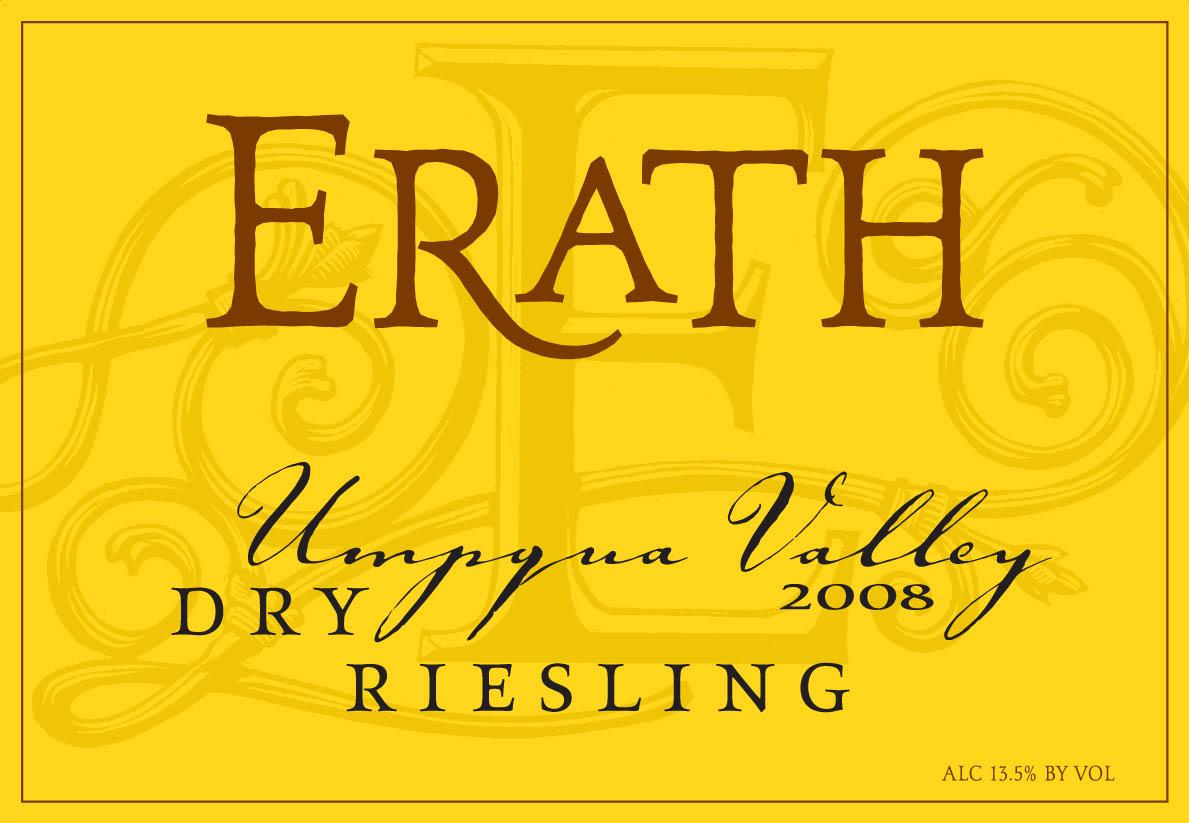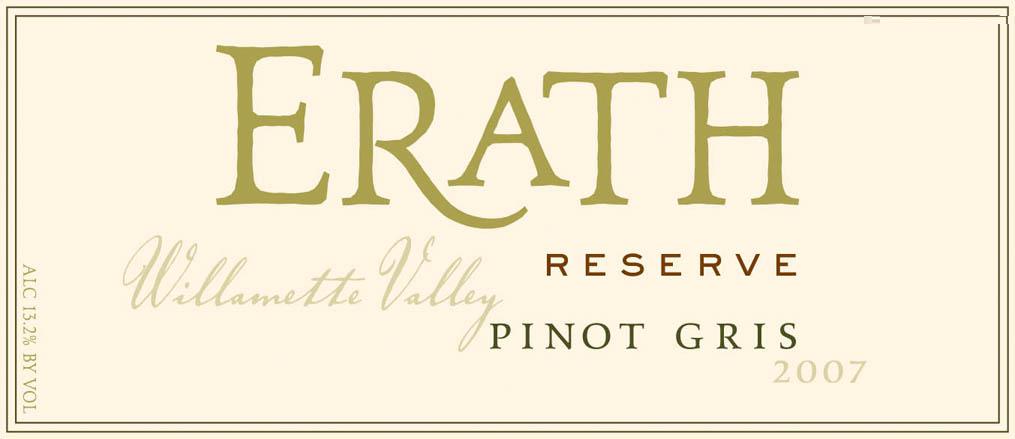Terroir of Prosecco Region
The Prosecco region enjoys a balanced climate, ideal for Glera grapes. Shielded by the Alps and softened by the Adriatic Sea, it features mild temperatures and plentiful rainfall. The Conegliano-Valdobbiadene area, slightly warmer than Champagne, offers about 3,000 hours of sunshine annually, ripening grapes to perfection with flavors of ripe pear and tropical fruits. The significant diurnal temperature variation, especially in vineyards 100–500 meters high, preserves the grapes' acidity and delicate aromas, crucial for Prosecco's refreshing character.
Vineyards in Conegliano-Valdobbiadene are often on steep, south-facing slopes, a setting that demands "heroic viticulture." The diverse soils, from calcareous marl to glacial moraines, contribute to flavor variations, with each slope offering a unique profile. Winemakers blend grapes from different areas to enhance complexity, while some focus on single-vineyard Prosecco, known as “Rive” wines, to showcase distinct terroirs.
Notable Wineries in Prosecco Region
The Prosecco region, with its picturesque hills and rich history, is home to some of Italy's most renowned wineries. These producers have mastered the art of crafting exquisite sparkling wines that capture the essence of their unique terroir.
-
Carpenè Malvolti: A pioneer since 1868, blending tradition with modern techniques in Conegliano.
-
Mionetto: Established in 1887, known for bringing the elegance of Valdobbiadene Prosecco to the world.
-
Nino Franco: A family-run winery since 1919, acclaimed for its artisanal Proseccos.
-
Bisol: With roots dating back to 1542, celebrated for its premium hillside Prosecco Superiore.
-
Bortolomiol: Innovators since 1949, known for their first Prosecco Brut and sustainable practices.
Sustainable Winemaking in Prosecco Region
The Prosecco region is making waves in sustainability, with strong efforts to protect its lush landscapes. The Conegliano Valdobbiadene Prosecco Superiore consortium leads, banning glyphosate to preserve vineyard ecosystems. Their Viticultural Protocol promotes integrated pest management and reduced chemical use, with most producers following suit.
Beyond vineyards, wineries focus on waste reduction and renewable energy. Solar panels and advanced wastewater systems are common, while grape pomace often turns into bioenergy or natural fertilizers. Sustainable packaging and transportation are prioritized to lower emissions. As a UNESCO World Heritage Site, the region values landscape preservation, maintaining historic terrace walls and promoting biodiversity with forest patches and cover crops. These initiatives ensure Prosecco’s success while respecting its land and community.
Wine Tourism in Prosecco Region
Prosecco's wine tourism offers rich experiences amid its lush hills and historic charm.
The Prosecco Wine Road is a highlight, guiding visitors through Italy's oldest wine route. This scenic path connects wineries from Conegliano to Valdobbiadene, showcasing terraced vineyards and historic landmarks like the Molinetto della Croda.
Visitors can explore by car, e-bike, or on foot. At local wineries, tastings and cellar tours reveal the magic of the Glera grape and the Charmat method.
Enjoy Prosecco varieties paired with regional bites like Piave cheese and fregolotta cake. Culinary treats extend to farm restaurants offering dishes like wild mushroom risotto and radicchio di Treviso salad.
Cultural sites, like the Cerletti Wine School and ancient churches, enrich visits. Events such as the Primavera del Prosecco Superiore festival offer wine celebrations across spring villages, showcasing the region's vibrant traditions and community spirit.



